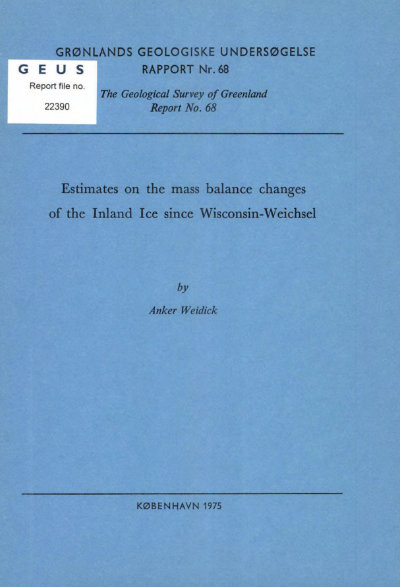Estimates on the mass balance changes of the Inland Ice since Wisconsin–Weichsel
DOI:
https://doi.org/10.34194/rapggu.v68.7404Abstract
The extent of the Inland Ice during the last ice age reveals apleniglacial equilibrium with a low accumulation. A postglacial equilibrium with high accumulation is indicated by relatively constant extent of the ice during the last 5000-6000 years. The climatic change from pleniglacial to postglacial conditions is considered to have taken place around 12 500 B.P., the subsequent recession of the Inland Ice expressing its adaption to a new equilibrium state. The form and shape of the Inland Ice is such that the initial postglacial warming-up only slightly increased the ablation area and thus loss by ablation. The actual loss oi volume between 12 500 and 6000 B.P. can therefore only be explained by a continuous period of low average accumulation lasting until 8000 B.P. Since the Inland Ice must have been dose to the lower threshold of its existence in postglacial time, its total disappearance during a warm interglacial period cannot be excluded, but is still beyond final proof.
Downloads
Published
Issue
Section
License
This article is distributed under a CC-BY 4.0 licence, permitting free redistribution and reproduction for any purpose, even commercial, provided proper citation of the original work. Author(s) retain copyright over the article contents.


